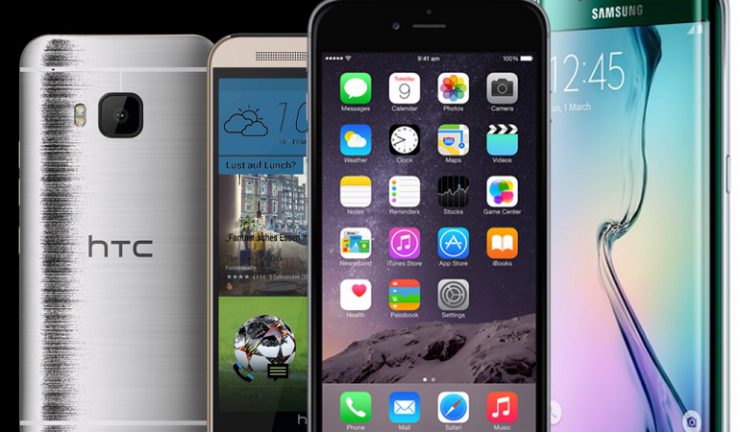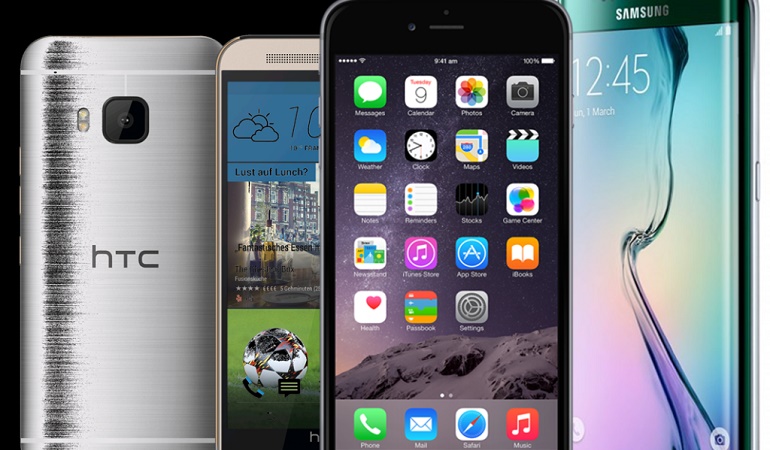Samsung takes the lead.
Global sales of smartphones totaled 380 million units in the first quarter of 2017, a 9.1% increase on the previous corresponding period, according to Gartner. Consumers are spending more to get a better phone, resulting in the rise in average selling prices.
The shift in buyer preference is positively affecting Chinese manufacturers such as Huawei, Oppo and Vivo in their strategy to build desirable features at affordable prices. Their combined market share in the first quarter of 2017 accounted for 24%, up 7 percentage points year on year.
Gartner research director, Anshul Gupta said, “The top three Chinese smartphone manufacturers are driving sales with their competitively priced, high quality smartphones equipped with innovative features. Furthermore, aggressive marketing and sales promotion have further helped these brands to take share from other brands in markets such as India, Indonesia and Thailand.”

Worldwide smartphone sales by vendor in 1Q17 (Thousands of Units)
| Vendor | 1Q17
Units |
1Q17 Market Share (%) | 1Q16
Units |
1Q16 Market Share (%) |
| Samsung | 78,671.4 | 20.7 | 81,186.9 | 23.3 |
| Apple | 51,992.5 | 13.7 | 51,629.5 | 14.8 |
| Huawei | 34,181.2 | 9.0 | 28,861.0 | 8.3 |
| Oppo | 30,922.3 | 8.1 | 15,891.5 | 4.6 |
| Vivo | 25,842.2 | 6.8 | 14,001.0 | 4.0 |
| Others | 158,367.7 | 41.7 | 156,654.2 | 45.0 |
| Total | 379,977.3 | 100.0 | 348,224.2 | 100.0 |
Source: Gartner (May 2017)
Samsung’s smartphone sales declined 3.1% in the first quarter of 2017. “Although Samsung announced that preorders for the Galaxy S8 and S8 Plus are up 30% year over year, the absence of an alternative to Note 7 and the fierce competition in the basic smartphone segment are leading Samsung to continuously lose market share,” Gupta said.
“Sales of iPhones were flat, which led to a drop in market share year over year. Similar to Samsung, Apple is increasingly facing fierce competition from Chinese brands Oppo and Vivo, among others, and its performance in China is under attack.”
Huawei edged closer to Apple with smartphone sales amounting to 34 million units in the first quarter of 2017. Despite its P9 and P9 Plus being available for more than a year now, both smartphones continued to sell well, positioning Huawei as a dominant brand in the consumer market.
“Huawei has now steadily held the third spot in the worldwide ranking of smartphone vendors. However, pressure is mounting as its counterparts in China are catching up,” Gupta said.
With a 94.6% increase in worldwide smartphone sales in the first quarter of 2017, Oppo achieved the best performance of the quarter and retained the number one position in China.
“Oppo continued to rally sales through a large network of brick-and-mortar retailers, beating market incumbents such as Samsung and Huawei,” Gupta said. Oppo’s strategy centred on the camera, fast charging and offline retail has helped it grow smartphone sales in the international market.
Meanwhile, Vivo sold almost 26 million smartphones and achieved a market share of 6.8%, which helped it achieve growth of 84.6% in the first quarter of 2017. “Vivo saw growing demand of its smartphones from the emerging markets in Asia/Pacific, including India, where sales grew over 220% thanks to its increased brand appeal and high-quality smartphones,” he added.

